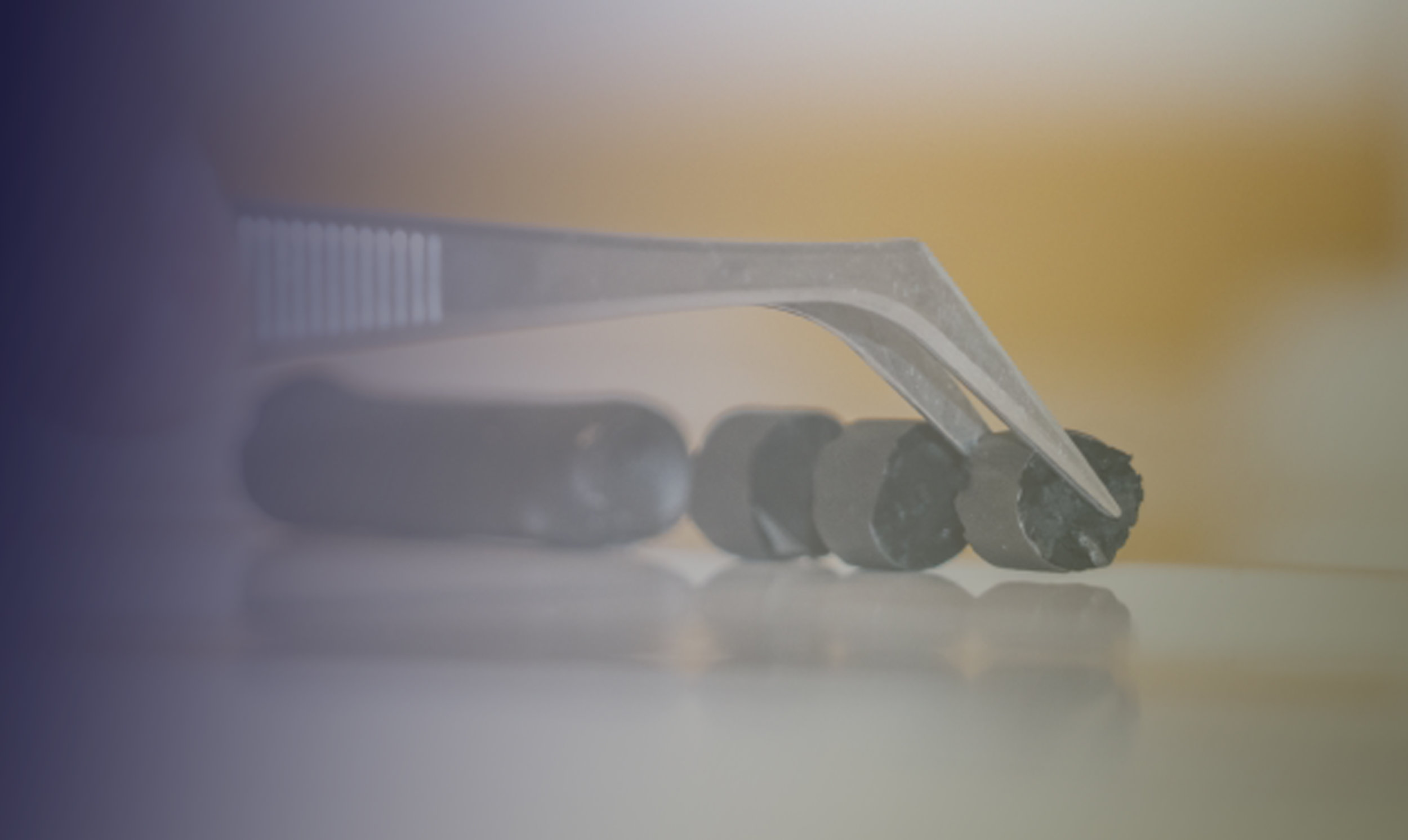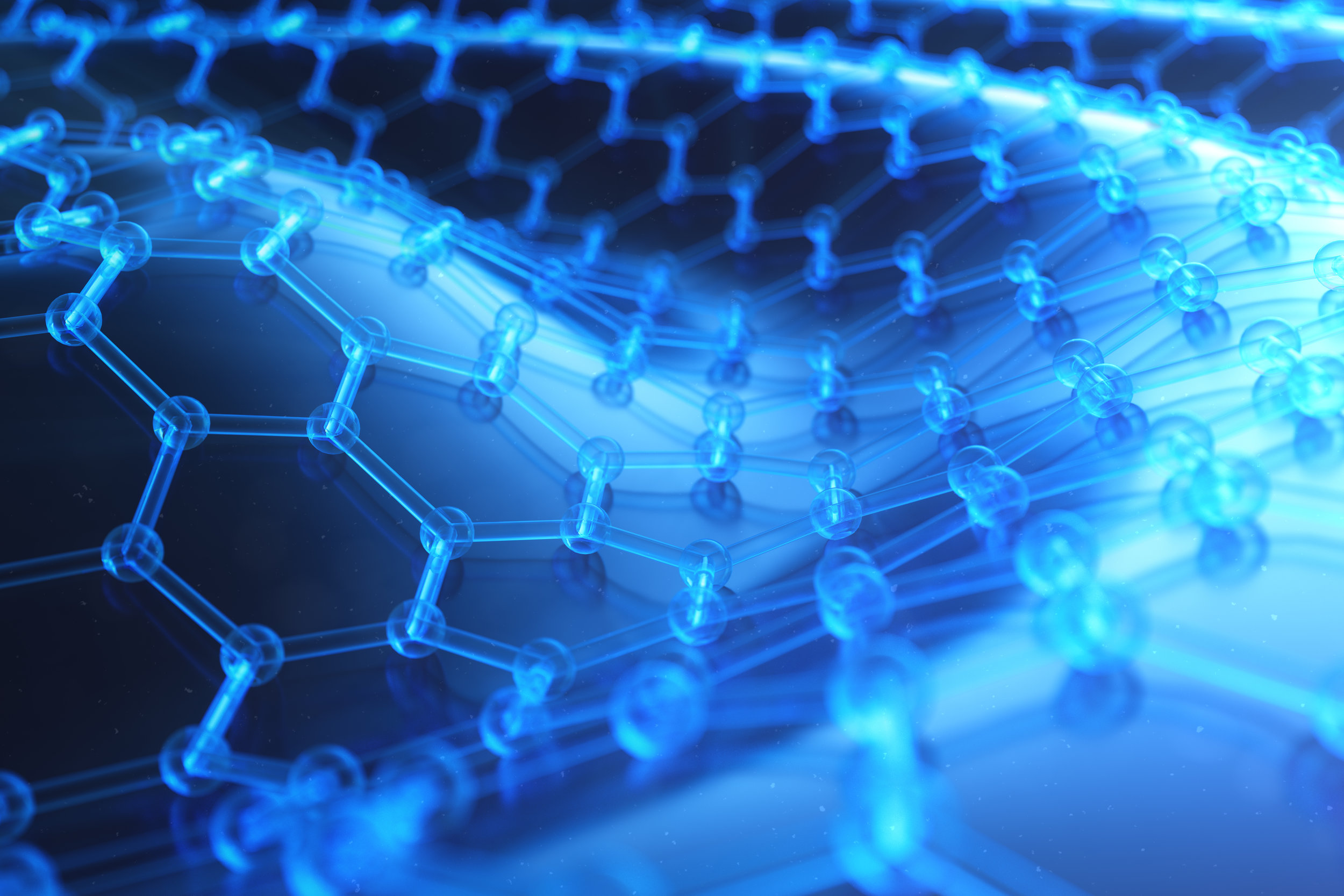2D Phosphorene nanoribbons promise battery boost

Fast-charging, high-capacity batteries and flexible devices that scavenge electricity from waste heat are just some of the technologies that could be made possible following a world-first development by UK researchers.
Researchers at University College London (UCL) have for the first time made flexible nanoribbons of crystalline phosphorus, which they claim could have a wide range of applications in energy storage and electronics.
In a paper published in the journal Nature, the researchers, alongside team members at the University of Bristol, Virginia Commonwealth University, and École Polytechnique Fédérale de Lausanne, describe how they produced the tiny ribbons of phosphorene by accident.
The researchers were attempting to produce two-dimensional sheets of phosphorene – the phosphorus equivalent of graphene – by mixing black phosphorus with lithium ions dissolved in liquid ammonia at -50 degrees Celsius. After 24 hours they removed the ammonia and replaced it with an organic solvent.
But instead of creating sheets, they found they had made ribbons of the material, according to UCL’s Chris Howard, one of the paper’s authors.
“In the meantime we noticed that papers kept coming out in the literature about really interesting, useful, and exotic properties that might be possible if only someone could make phosphorene ribbons,” said Howard.
So the researchers set about fine-tuning their process until they were able to produce samples in which most of the contents were ribbons, he said.
The ribbons form with a typical height of one atomic layer, widths of 4-50 nanometres, and are up to 75 µm long. They are extremely flat, crystalline and unusually flexible, said Mitch Watts, the paper’s first author.
“What’s more, by changing the width or the number of layers of the ribbon, you can actually tune the electronic properties for specific applications,” said Watts.
The use of phosphorene ribbons within batteries could lead to devices with extremely rapid diffusion of lithium ions, resulting in fast charging. Batteries containing phosphorene ribbons could also have almost twice the capacity of traditional lithium-ion devices, said Howard.
The material has also been calculated to have a very high figure of merit as a thermoelectric, meaning it can convert waste heat into electricity, and its flexibility means it could be used to power wearable devices, he said.
The nanoribbons also have an array of properties that allow them to split water into oxygen and hydrogen on exposure to light, while they could also be used in optoelectronics and nanoelectronics.
The research was funded by EPSRC and the Royal Academy of Engineering.





